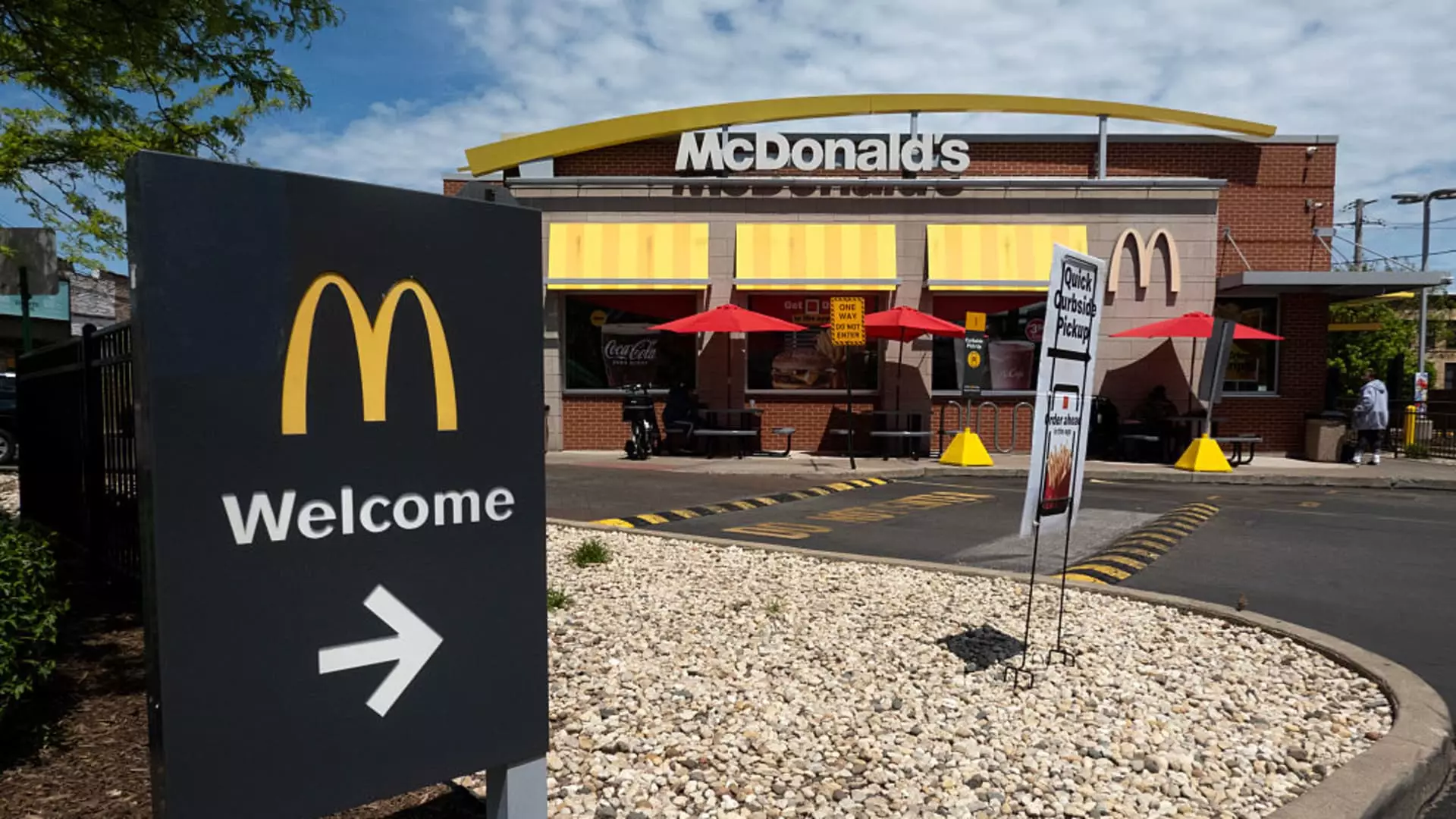In today’s financial landscape, where markets oscillate wildly and geopolitical tensions persist, chasing high-flying growth stocks is an increasingly risky proposition. While the S&P 500 recently danced to new heights, the underlying macroeconomic turmoil reminds us that market euphoria can quickly give way to volatility. This environment elevates the importance of dividend-paying stocks—not merely as sources of income, but as anchors of portfolio stability amidst chaos. Dividends represent tangible returns, often reflecting a company’s robust cash flow and sound fundamentals. For investors with a modicum of prudence, focusing on dependable dividend stocks is a compelling strategy to enhance returns without recklessly chasing speculative gains.
However, blindly selecting dividend stocks is as perilous as speculative buying. Instead, aligning one’s picks with insights from top Wall Street analysts can offer a competitive edge. These experts dissect company fundamentals exhaustively—scrutinizing cash generation capability, payout sustainability, and growth prospects—before throwing their weight behind a stock. By evaluating their high-conviction dividend recommendations, investors can more effectively navigate uncertainty while capitalizing on compelling opportunities.
McDonald’s: A Resilient Dividend Giant Amidst Economic Headwinds
McDonald’s (MCD) hardly needs introduction; it is a titan of the fast-food world and a perennial choice for dividend investors. With 49 consecutive years of dividend increases, McDonald’s is on the cusp of an elite “dividend king” status, signaling extraordinary consistency and financial discipline. Currently yielding about 2.4%, its dividend is hardly exorbitant but well supported by massive free cash flows and efficient global operations.
Top analysts like Jefferies’ Andy Barish emphasize McDonald’s durable competitive advantages: scale, brand power, and supply chain excellence. These factors enable the company to maintain attractive margins and grow units at a respectable clip, even as competitors struggle. Particularly noteworthy is McDonald’s adeptness at balancing value offerings with innovation, especially amid challenging environments for lower-income consumers. This defensive posture—sustaining low-price combos that appeal as consumers trade down—enhances visibility into steady same-store sales growth.
From a center-wing liberal perspective, McDonald’s evolution mirrors a blend of corporate responsibility and commercial pragmatism. Its consistent dividends reward investors but also reflect a stable employment engine in communities worldwide, albeit with ongoing debates about labor practices and health impacts. Nevertheless, its unwavering dividend streak garners respect as a rare example of long-term reliability in turbulent times.
EPR Properties: A Contrarian’s Bet on Experiential Real Estate
Real estate investment trusts (REITs) typically attract income seekers, yet not all REIT sectors are created equal. EPR Properties (EPR) stands out for its focus on experiential properties—movie theaters, amusement parks, and recreational venues—niches battered by the pandemic and digital disruption. Despite this, EPR’s bold decision to raise its dividend by 3.5% recently is a provocative sign of confidence in recovery and growth.
Analysts like Simon Yarmak from Stifel have turned bullish, citing improvements in EPR’s weighted average cost of capital and management’s strategic eye toward opportunistic acquisitions. The tipping point appears to be both cost efficiencies and recovering revenue streams from the public’s gradual return to experiential entertainment. EPR’s future hinges on not just reopening but innovating through diversified assets such as golf and wellness centers—a forward-looking pivot that could pay dividends of a different kind.
Still, this sector embodies a higher risk-return profile. The pandemic’s scars are far from healed, and the viability of large experiential venues remains contingent on shifting consumer behaviors and discretionary spending patterns. Investors drawn to EPR must accept the gamble that these leisure activities will regain traction—a bet that diverges from the stability typically sought in dividend investing. Yet, for those willing to tolerate risk for stronger yields (6.2%), EPR presents an intriguing, underappreciated play.
Halliburton: Navigating Energy’s Shifting Terrain with Technology and Dividends
Halliburton (HAL) represents the energy sector’s more nuanced dividend story. At a 3.3% yield, it’s not the highest payer, but the company’s positioning amid an energy transformation is thought-provoking. While oilfield services face cyclical headwinds—softness in North America and specific international regions—Halliburton’s substantial international exposure and proprietary technologies offer a resilience that casual investors might overlook.
Goldman Sachs analyst Neil Mehta highlights how HAL’s “Zeus” technology and focus on unconventional drilling markets create a moat that supports premium pricing and favorable margins. Further, management’s focus on efficiency, directional drilling, and artificial lift signals a business adapting to the realities of energy transition while maintaining robust cash flow. This careful balancing act—between capitalizing on current hydrocarbon demand and incrementally improving sustainability—resonates with a pragmatic, moderate liberal view that energy sectors must evolve thoughtfully, not collapse overnight.
Thus, Halliburton’s dividend is underpinned by not just raw cash flow but a strategic bet on technological differentiation and selective growth opportunities. Investors earn not just income but exposure to a company arguably positioned for resilience and incremental adaptation in a notoriously volatile industry.
Beyond Dividends: Evaluating Risk, Valuation, and Fundamentals
While dividends are attractive, they should never isolate your investment thesis. The aforementioned stocks vary widely in risk profiles, sector dynamics, and valuation considerations. McDonald’s invites confidence through steady cash flow and market dominance but may offer limited capital appreciation upside given its size. EPR offers juicy yields but with exposure to a fragile recovery and fickle consumer preferences. Halliburton rides the precarious interplay of the energy market cycle and technological innovation, requiring faith in management’s vision and execution.
Moreover, analyst ratings—while valuable—should serve as inputs, not gospel. Analysts’ track records vary, and biases inevitably color their outlooks. Coupling analyst insight with rigorous personal due diligence and a diversified portfolio approach remains essential.
In sum, these dividend-paying stocks underscore a critical lesson for investors: in uncertain times, income-generation combined with fundamental resilience offers a more balanced path forward than speculative chase. From fast food staples to specialized real estate and oilfield technology, dividend strategies require nuanced understanding, steady nerves, and a willingness to embrace both certainties and calculated risks.

